Kawase Hasui Original Prints For Sale – Take, for example, a high-quality piece of furniture — a well-crafted sofa or dining table can last for decades if maintained properly. Through online marketplaces and platforms, small businesses and independent creators can sell their goods to a global audience. They also have access to networks of potential buyers and sellers, which can help expedite the sale process and increase the chances of a successful transaction. They become part of the story of the buyer and the creator, connecting people to a tradition of excellence, heritage, and care. When an item is marked as “for sale,” it enters a space where value is defined not only by the object itself but by the context in which it’s placed. And, in a way, this is the ultimate form of freedom: the ability to buy, sell, and trade on your own terms. Entrepreneurs can launch businesses from their homes, and freelancers can offer their skills to clients across the world. The digital age has also transformed the way things are bought and sold. The production of new goods often requires significant resources, such as raw materials, energy, and labor, while also generating waste and contributing to pollution. The culture of buying second-hand goods is rapidly shifting in the modern world, particularly among younger generations. It’s a phrase that, at first glance, may seem simple and straightforward. In some cases, a business may look profitable but may be hiding significant underlying issues, such as declining sales, ineffective marketing strategies, or employee dissatisfaction. The promise of success in a marketplace driven by capitalism can be an illusion for those who don’t have the resources or opportunities to compete on equal footing. In both cases, there’s a sense of vulnerability. They walk into a space that holds the potential for their own memories to be created, for their own life to unfold. The concept of a circular economy, where products are reused and repurposed instead of discarded, is central to the appeal of second-hand goods. Whether through local thrift stores, online marketplaces, or garage sales, the option to buy pre-owned items has created a flourishing market that continues to grow. A house can be bought, a car can be sold, a watch can be pawned. In recent years, the market for businesses for sale has been affected by several global and local economic factors. In addition to individual sales, online marketplaces often feature businesses and professional sellers who specialize in second-hand goods, providing buyers with a curated selection of high-quality items.
.jpg)
KAWASE HASUI (18831957) Christie's
Available for sale from margin, kawase hasui, harusame, gokokuji (1932), lithograph, 36.4 × 24 × 3 cm Browse our selection of paintings, prints, and sculptures by the artist, and find art you love. Discover and purchase keisai eisen’s artworks, available for sale. Browse our selection of paintings, prints, and sculptures by the artist, and find art you love. Available for.
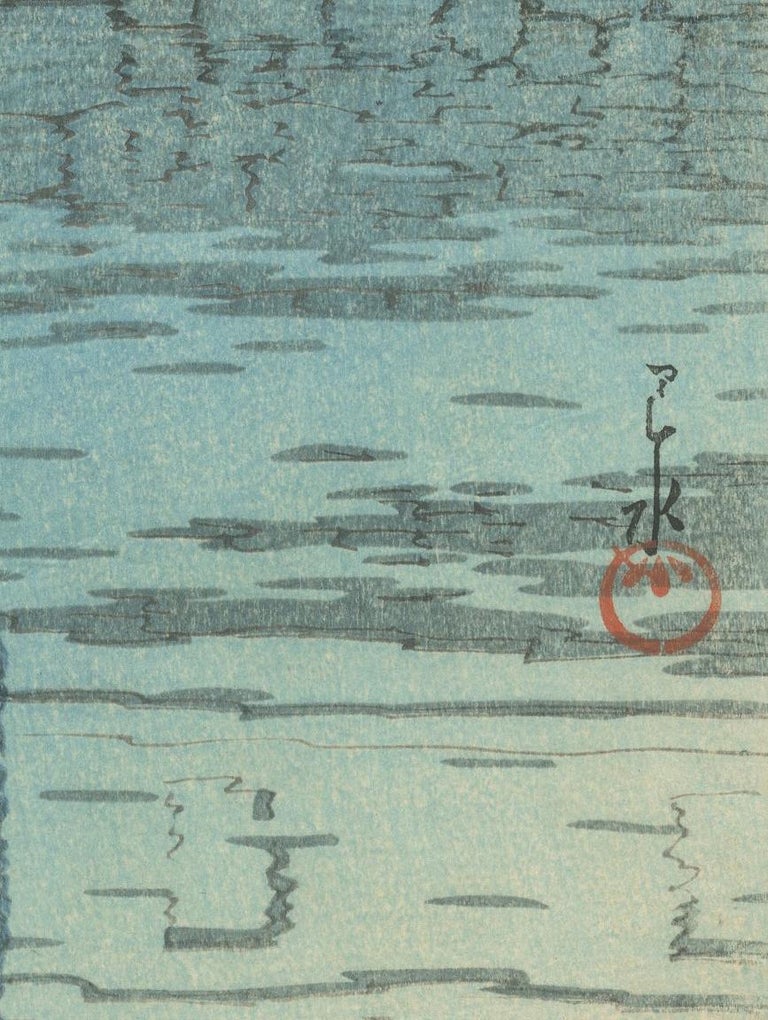
Kawase Hasui Kawase Hasui, Castle, Shin Hanga, Original Japanese
Browse our selection of paintings, prints, and sculptures by the artist, and find art you love. Available for sale from margin, kawase hasui, twilight at ushibori (1930), lithograph, 39.4 × 24.5 × 3 cm From ronin gallery, kawase hasui, yumoto hot spring, nikko (1937), woodblock print, 15 × 11 in Browse our selection of paintings, prints, and sculptures by the.
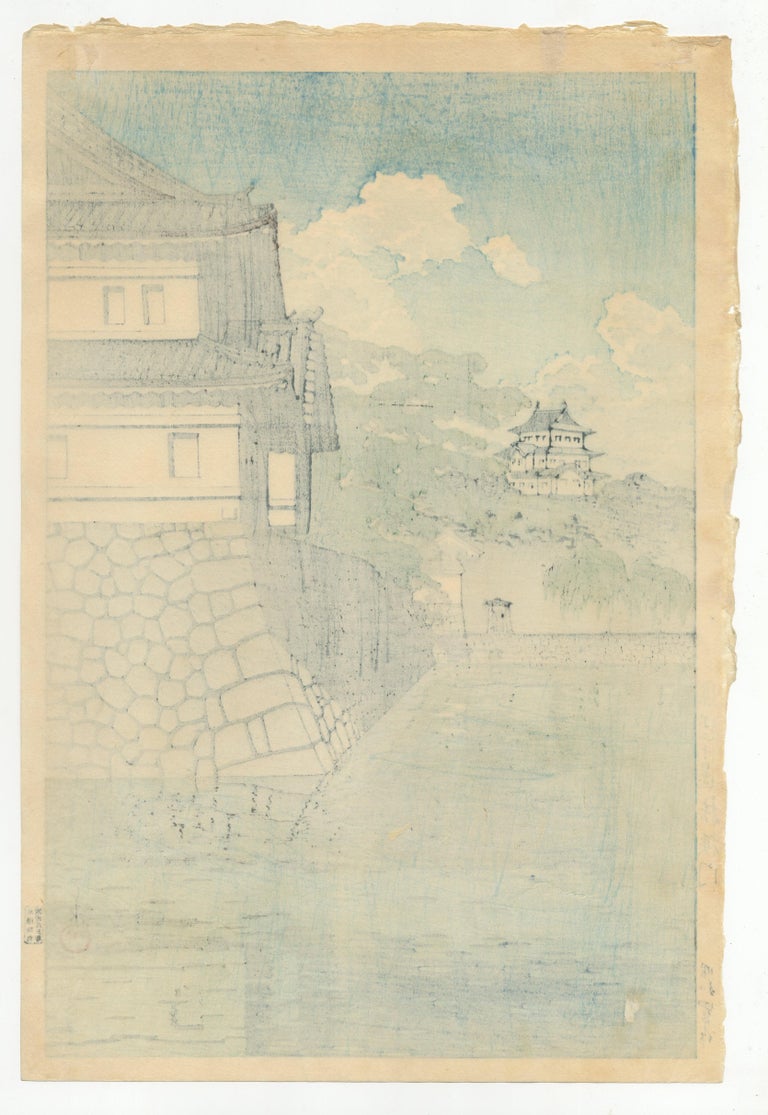
Kawase Hasui Kawase Hasui, Castle, Shin Hanga, Original Japanese
Available for sale from aura gallery, kawase hasui, clearing after a snowfall, yoshida 吉田の雪晴 (1944), woodblock print, 35.3 × 49.3 cm Discover and purchase keisai eisen’s artworks, available for sale. Discover and purchase kawase hasui’s artworks, available for sale. Available for sale from margin, kawase hasui, twilight at ushibori (1930), lithograph, 39.4 × 24.5 × 3 cm From aura gallery,.

KAWASE HASUI (18831957) THREE WOODBLOCK PRINTS, SHOWA PERIOD (20TH
From ronin gallery, kawase hasui, yumoto hot spring, nikko (1937), woodblock print, 15 × 11 in From aura gallery, kawase hasui, saga kaiunbashi (1950), woodblock print, 39 × 26 cm Available for sale from margin, kawase hasui, twilight at ushibori (1930), lithograph, 39.4 × 24.5 × 3 cm Browse our selection of paintings, prints, and sculptures by the artist, and.
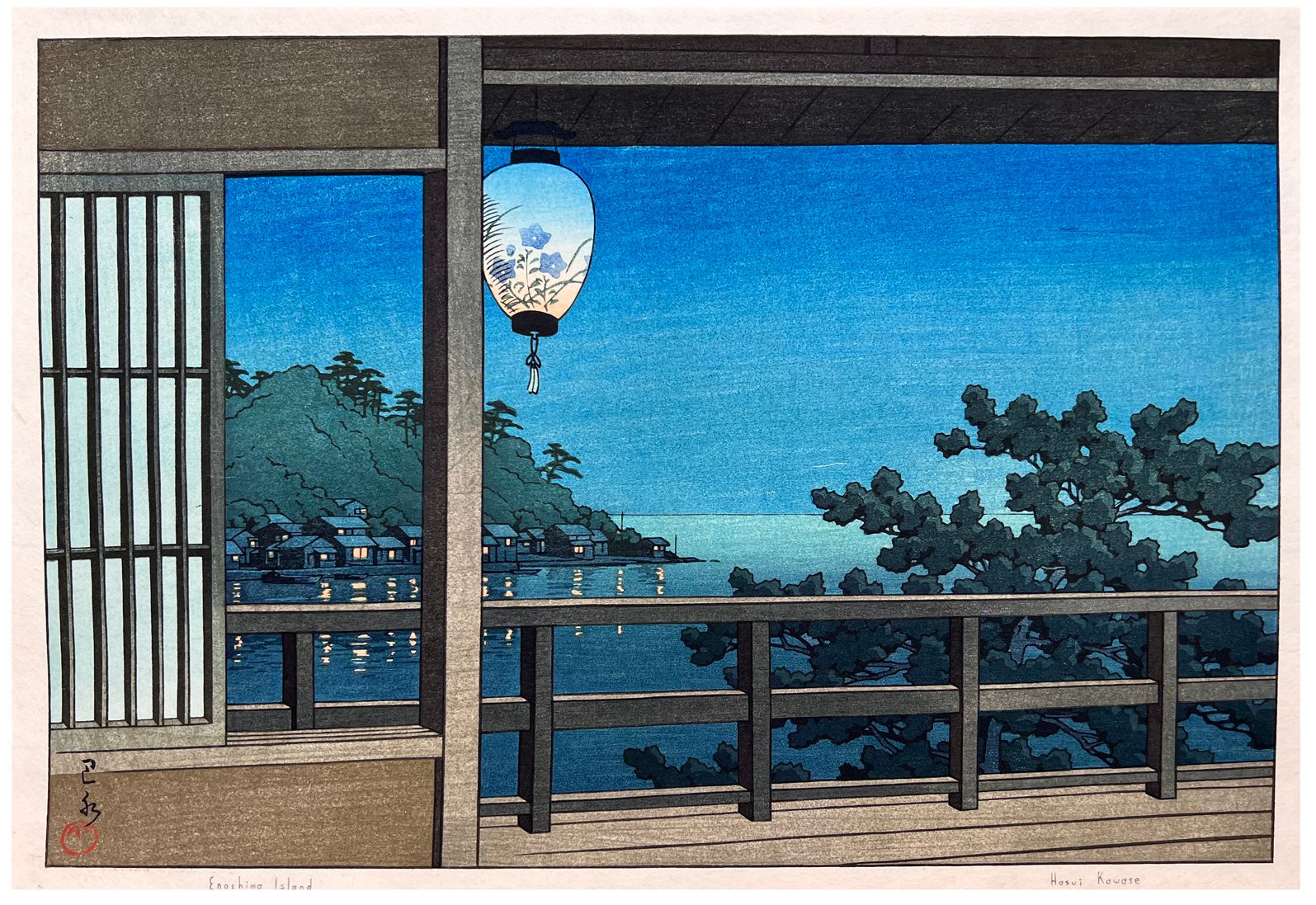
Enoshima Island Kawase Hasui Woodblock Print Woodblock Prints For Sale
Available for sale from aura gallery, kawase hasui, ochanomizu (1926), woodblock print, 38.5 × 26 cm Discover and purchase keisai eisen’s artworks, available for sale. Available for sale from margin, kawase hasui, harusame, gokokuji (1932), lithograph, 36.4 × 24 × 3 cm Available for sale from aura gallery, kawase hasui, nagoya castle (1932), woodblock print, 36.2 × 24.2 cm Browse.

Original woodblock print Paper Kawase Hasui 川瀬 巴水 Catawiki
From aura gallery, kawase hasui, saga kaiunbashi (1950), woodblock print, 39 × 26 cm Browse our selection of paintings, prints, and sculptures by the artist, and find art you love. Available for sale from aura gallery, kawase hasui, clearing after a snowfall, yoshida 吉田の雪晴 (1944), woodblock print, 35.3 × 49.3 cm Available for sale from margin, kawase hasui, twilight at.
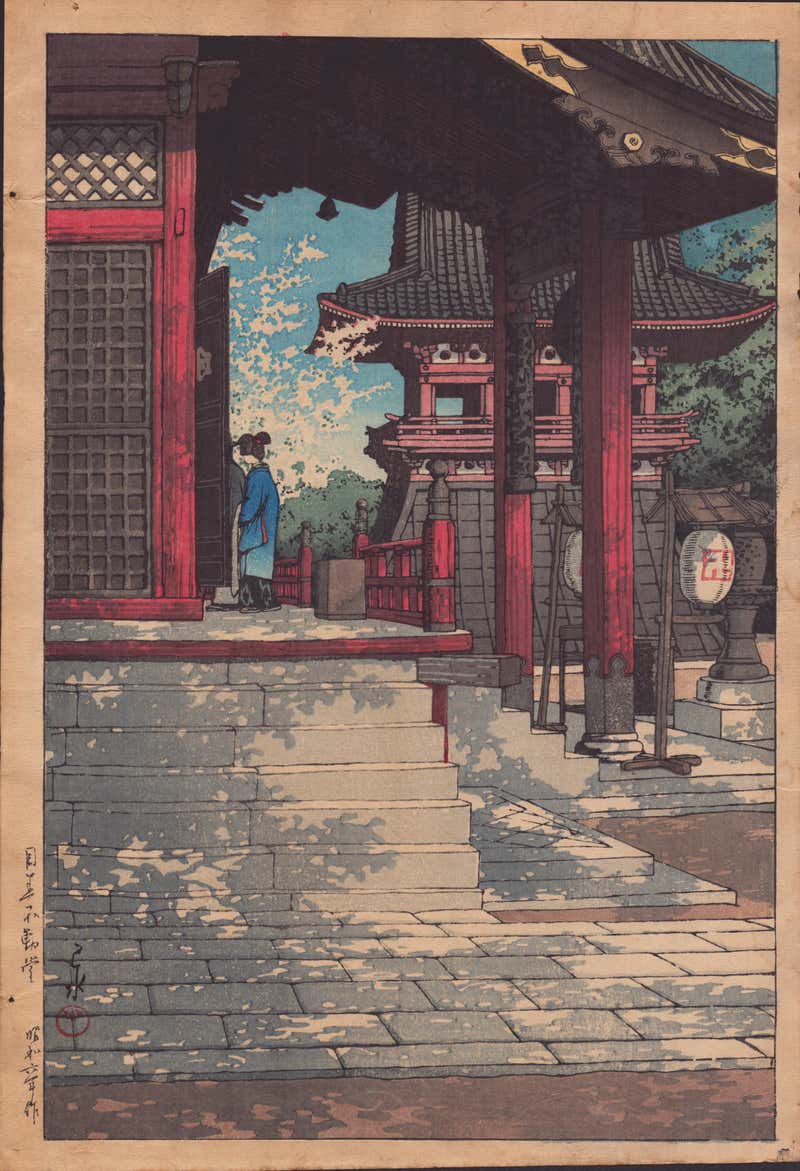
Kawase Hasui Kawase Hasui, Castle, Shin Hanga, Original Japanese
Available for sale from margin, kawase hasui, harusame, gokokuji (1932), lithograph, 36.4 × 24 × 3 cm Discover and purchase keisai eisen’s artworks, available for sale. From ronin gallery, kawase hasui, yumoto hot spring, nikko (1937), woodblock print, 15 × 11 in Available for sale from aura gallery, kawase hasui, clearing after a snowfall, yoshida 吉田の雪晴 (1944), woodblock print, 35.3.
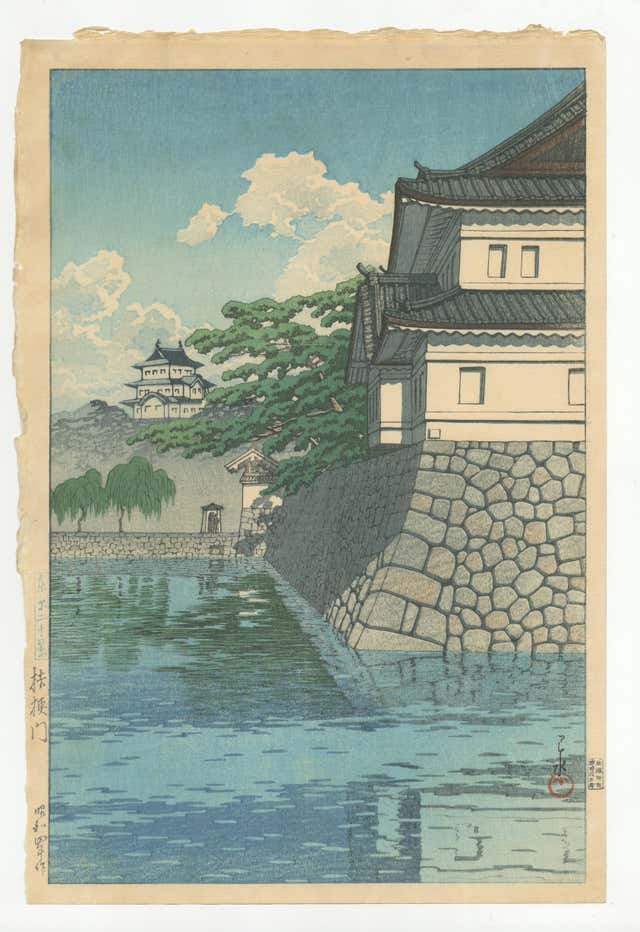
Kawase Hasui Kawase Hasui, Castle, Shin Hanga, Original Japanese
Available for sale from margin, kawase hasui, harusame, gokokuji (1932), lithograph, 36.4 × 24 × 3 cm Available for sale from margin, kawase hasui, twilight at ushibori (1930), lithograph, 39.4 × 24.5 × 3 cm Browse our selection of paintings, prints, and sculptures by the artist, and find art you love. Discover and purchase kawase hasui’s artworks, available for sale..
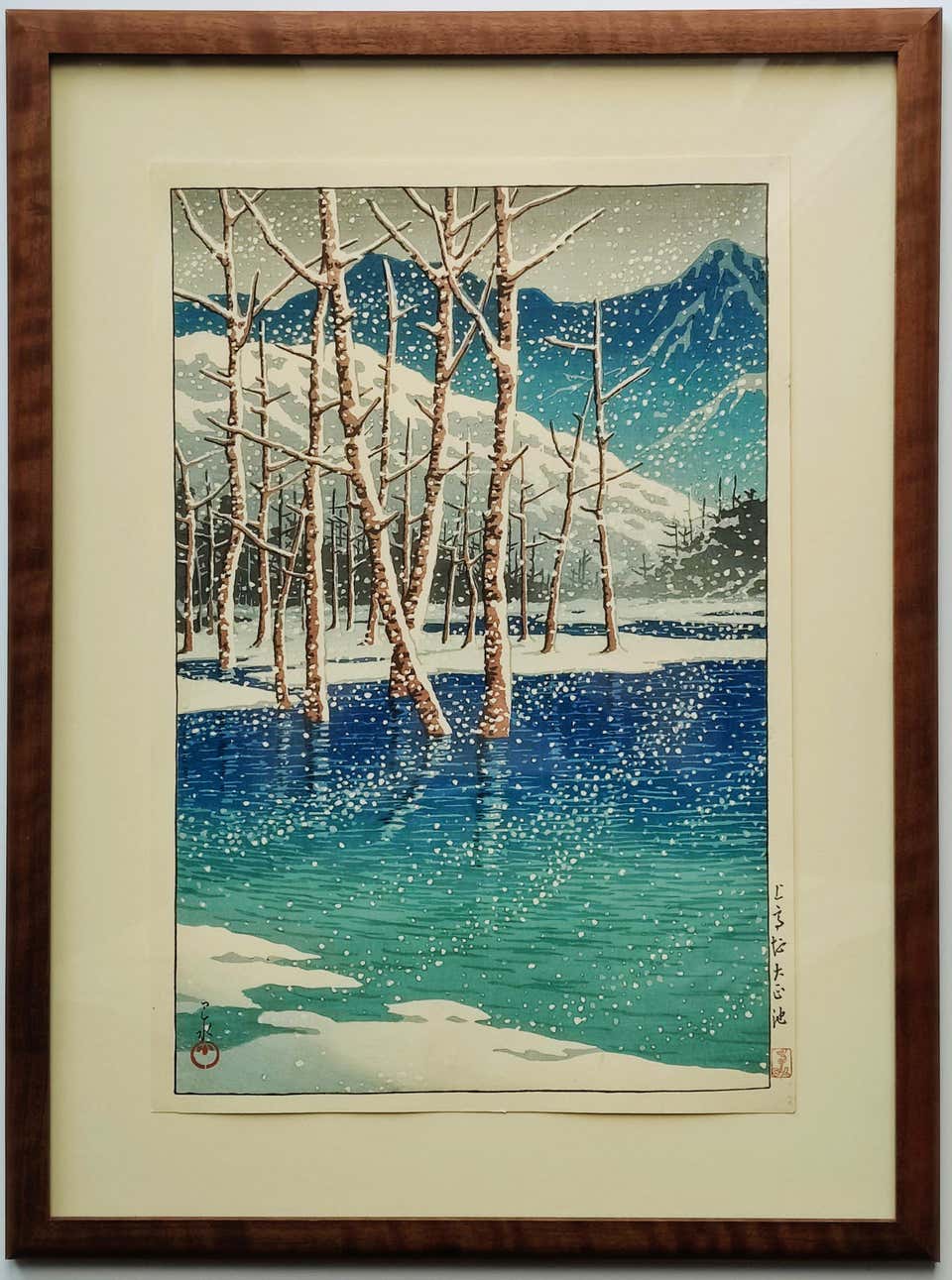
Kawase Hasui Art 6 For Sale at 1stDibs kawase hasui prints for sale
Discover and purchase kawase hasui’s artworks, available for sale. Available for sale from aura gallery, kawase hasui, clearing after a snowfall, yoshida 吉田の雪晴 (1944), woodblock print, 35.3 × 49.3 cm Browse our selection of paintings, prints, and sculptures by the artist, and find art you love. Discover and purchase keisai eisen’s artworks, available for sale. Available for sale from margin,.
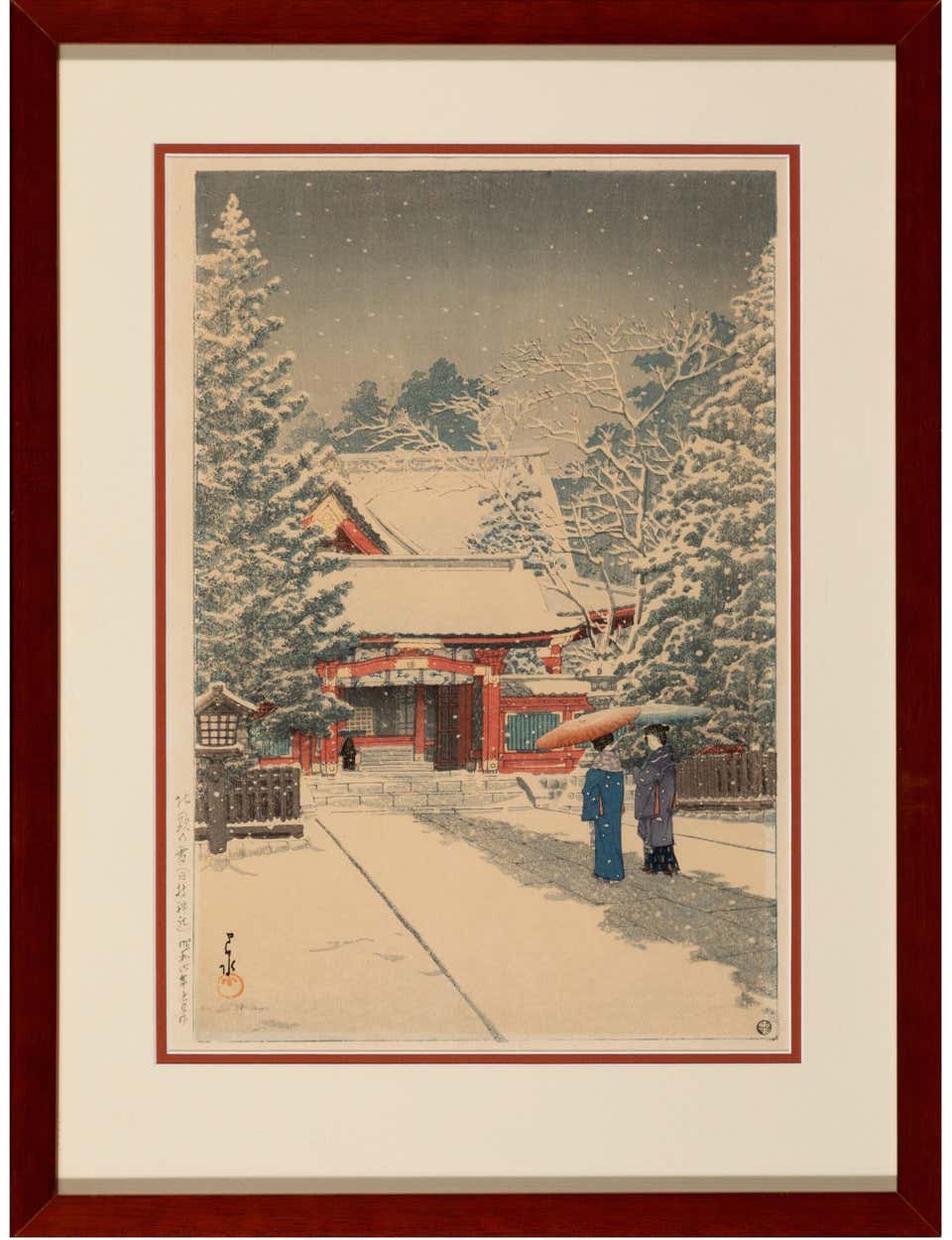
Kawase Hasui Art 5 For Sale at 1stDibs kawase hasui prints for sale
Available for sale from aura gallery, kawase hasui, ochanomizu (1926), woodblock print, 38.5 × 26 cm Available for sale from aura gallery, kawase hasui, nagoya castle (1932), woodblock print, 36.2 × 24.2 cm Available for sale from margin, kawase hasui, harusame, gokokuji (1932), lithograph, 36.4 × 24 × 3 cm Discover and purchase kawase hasui’s artworks, available for sale. Browse.
The act of selling a home is a deeply emotional process, and when it’s completed, there’s a sense of closure and anticipation for what comes next. People place their belongings for sale for many reasons. For sellers, the market for second-hand goods offers an opportunity to declutter their homes and make some extra money. Vintage items, antiques, and pre-loved goods often carry stories and histories that new products simply cannot replicate. People are rediscovering the value of items that have been made by hand, with care and skill, as opposed to the impersonal, assembly-line products that dominate the marketplace. Additionally, many second-hand items are still in excellent condition, having been gently used or well-maintained by their previous owners, further enhancing the appeal of these products. This sense of connection can also extend to the broader culture of quality goods, where consumers and creators share a commitment to excellence and a desire to preserve the craft and tradition behind these products. When a business is put up for sale, it is typically the result of a variety of reasons, each unique to the situation at hand. The idea that everything has a price, and that everything is for sale, may seem like a grim outlook, but it’s one that has become increasingly true. The sale process itself can be lengthy and involves multiple stages. Whether it’s a handmade leather bag, a vintage watch, or a luxury car, the term “quality” brings with it an expectation — an assurance that the item in question has been crafted with care, attention to detail, and materials that can stand the test of time. The longer something is used, the less likely it is to contribute to the growing problem of waste. Sellers often find themselves in a strange position, balancing the emotional attachment to the item with the rational need to let it go. Second-hand markets also promote the idea of a circular economy, an economic system that focuses on reducing waste and reusing products. Sellers can list items with detailed descriptions and high-quality photos, giving potential buyers a clear understanding of what they are purchasing. When a person creates something, they are offering a piece of themselves to the world, not for sale, but as a gift. Yet, at the same time, there’s the promise of new beginnings for both the seller and the buyer. For when everything is for sale, it’s easy to forget that the most important things in life are not commodities; they are experiences, relationships, and moments of connection that cannot be measured in dollars and cents. The struggle is not in resisting the marketplace entirely, but in finding balance, in ensuring that the things that truly matter cannot be bought, sold, or traded. It’s a constant negotiation, where both parties seek to align their perceptions of worth and reach an agreement that satisfies both sides.
Online platforms like Etsy, for example, have given artisans a global audience for their high-quality handmade goods. Similarly, during periods of economic growth, there may be a greater willingness to spend on luxury second-hand items, such as high-end fashion or collectible items. The marketplace for second-hand items continues to grow, driven by economic, environmental, and cultural factors. There are those who argue that not everything should be for sale. It carries with it a deep sense of commodification — the idea that every part of our lives, every piece of our history, every corner of our existence, has a price attached to it. These brick-and-mortar stores offer a different shopping experience, one that is often characterized by the thrill of the hunt. By purchasing second-hand items, consumers can help reduce the demand for new products, thereby lessening the environmental impact associated with manufacturing and shipping. These items are often crafted with a sense of purpose, where every stitch, joint, and component is carefully considered to create a product that not only functions well but looks beautiful in the process. In this broader sense, the concept of “for sale” is not just about the exchange of goods; it’s a driving force in the global economy, influencing how people live, work, and interact with the world around them. People are not just looking for things that work well; they want products that elevate their environment and their experiences. As more and more people become concerned about the planet’s resources and the impact of consumerism on the environment, the concept of buying used goods has gained traction as a more sustainable alternative to purchasing new products. For some, it’s a matter of balancing budgetary constraints with their desire for quality. In some cases, a business may look profitable but may be hiding significant underlying issues, such as declining sales, ineffective marketing strategies, or employee dissatisfaction. In the end, the phrase “for sale” is about more than just the exchange of money for goods or services. Just as with material possessions, when a person is “for sale,” they put their value on display for others to assess. Selling such an item can be a difficult decision, yet it often represents the practical need to downsize or make space for something new. For environmentally conscious consumers, buying second-hand is not just a cost-effective choice, but a way to make a positive contribution to the planet. It is only through diligent research that a buyer can truly determine whether the business is worth the asking price. The growing appeal of second-hand goods is also tied to a growing awareness of environmental issues. When we begin to view everything through the lens of commerce, it’s easy to lose sight of the things that make life worth living — the moments that aren’t for sale, the experiences that can’t be bought.